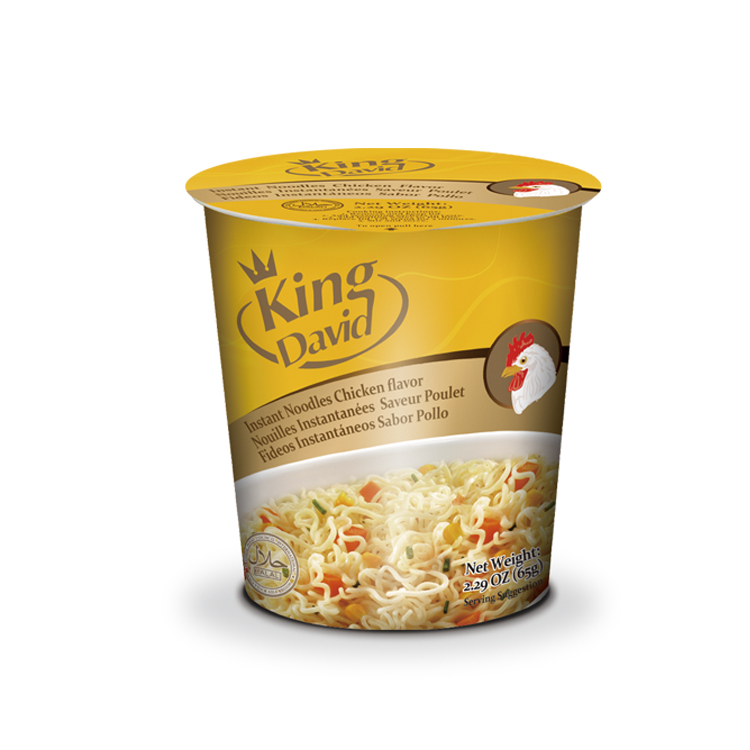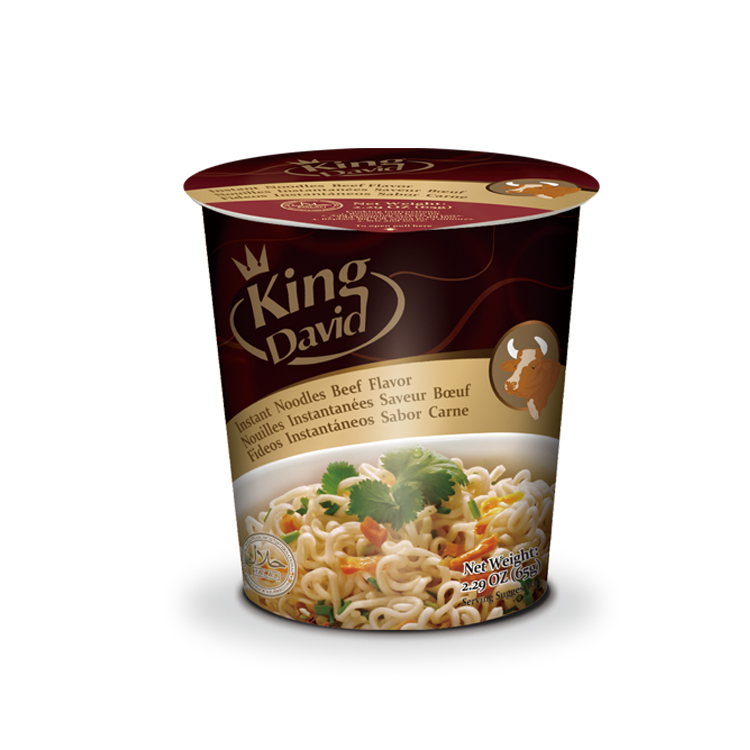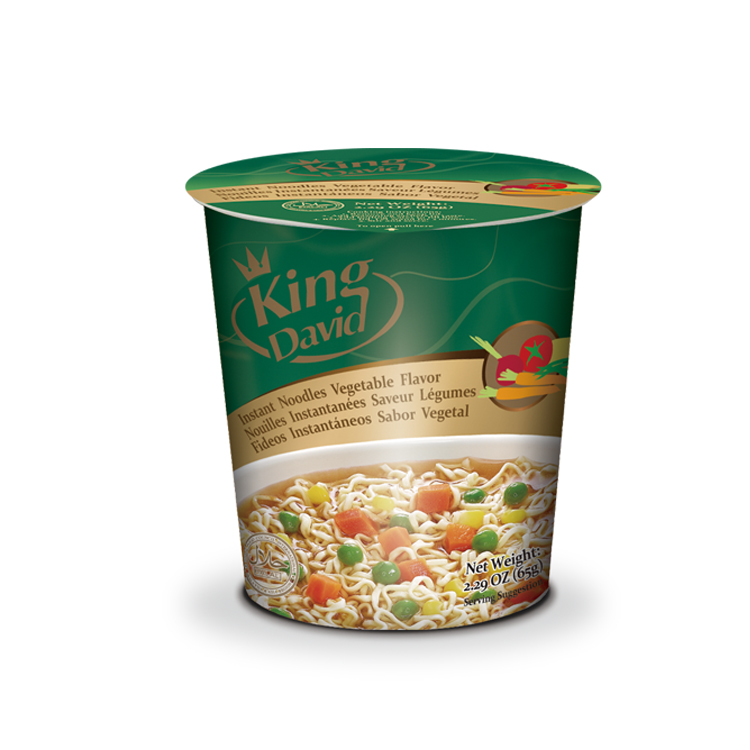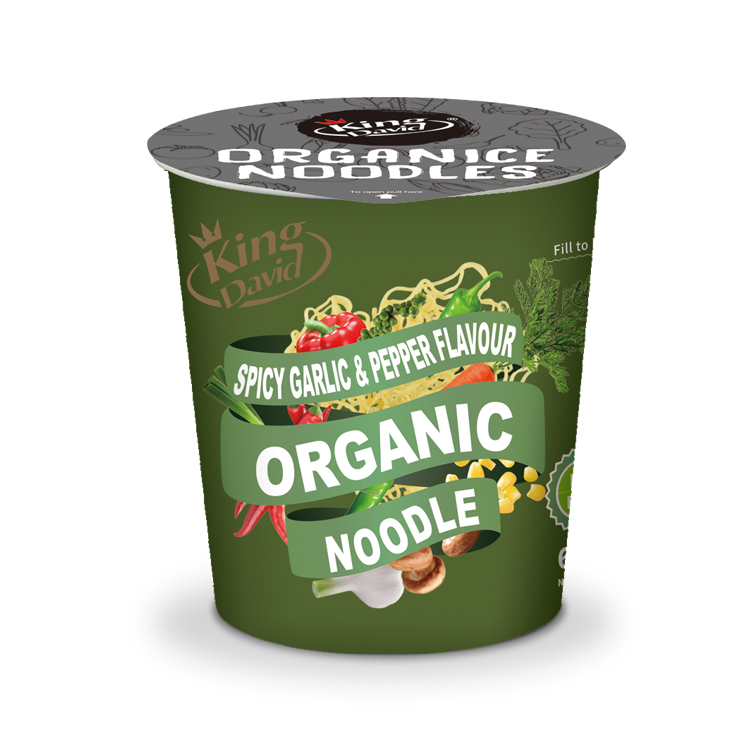Instant noodles have become a staple food worldwide due to their convenience, affordability, and diverse flavors. Understanding the ingredients that constitute instant noodles is essential for consumers, especially those concerned about nutrition and health. This article delves into the primary components of instant noodles, their roles, and the implications of these ingredients on health.
Main Ingredients of Instant Noodles
1. Wheat Flour
Wheat flour is the primary ingredient in most instant noodles. It provides the necessary carbohydrates and proteins that form the noodle structure. The quality of wheat flour significantly affects the texture and elasticity of the noodles. Typically, flour is enriched with gluten to enhance its elasticity, allowing the noodles to maintain their shape during cooking.
2. Starch
Starch is another critical component, often derived from wheat or other sources like potato or tapioca. It serves as a binding agent and contributes to the chewiness and texture of the noodles. Starch also plays a vital role in the cooking process, as it gelatinizes when heated, allowing the noodles to absorb water and swell.
3. Water
Water is essential in the noodle-making process, as it hydrates the flour and starch, facilitating dough formation. The amount of water used can influence the final texture of the noodles. Proper hydration is crucial for achieving the desired firmness and elasticity.
4. Salt
Salt is added not only for flavor but also to strengthen gluten formation in the dough. It enhances the overall taste of the noodles and helps improve their texture by tightening gluten strands during cooking. The sodium content in instant noodles can be significant; thus, consumers should be mindful of their intake.

5. Kansui (Alkaline Water)
Kansui, a mixture of sodium carbonate and potassium carbonate, is often added to instant noodles. This alkaline solution alters the pH of the dough, giving the noodles their characteristic yellow color and firm texture. Kansui also enhances chewiness and reduces stickiness during cooking.
Additives in Instant Noodles
In addition to basic ingredients, various additives are used to enhance flavor, texture, and shelf life.
1. Flavor Enhancers
Flavor enhancers such as monosodium glutamate (MSG) are commonly included in seasoning packets that accompany instant noodles. These compounds intensify umami flavors, making the noodles more palatable. Other flavoring agents may include dehydrated vegetables or meat extracts.
2. Preservatives
Preservatives are used to extend shelf life and prevent spoilage. Common preservatives include sodium benzoate and potassium sorbate, which inhibit microbial growth. While they help maintain product quality, some consumers prefer products without artificial preservatives.
3. Emulsifiers
Emulsifiers like sodium carboxymethyl cellulose (CMC) help stabilize mixtures of oil and water in sauces or seasoning packets. They improve texture by preventing separation and enhancing mouthfeel.

4. Thickeners
Thickeners such as guar gum or propylene glycol alginate are added to improve texture by increasing viscosity in soups or sauces. These substances help create a smooth consistency that enhances overall enjoyment.
5. Anti-Caking Agents
These agents prevent clumping in powdered seasonings or sauces. Sodium hexametaphosphate is a common anti-caking agent that also retains moisture within noodle blocks.
6. Colorants
Coloring agents are often added to enhance visual appeal. Natural colorants like turmeric or synthetic dyes may be used to make noodles more attractive. The appearance can significantly influence consumer preference.

Instant Noodle Factory In China
Nutritional Considerations
While instant noodles are convenient, they often lack essential nutrients:
-
High in Sodium: Many instant noodle products contain high levels of sodium due to added salt and flavoring agents, which can contribute to hypertension if consumed excessively.
-
Low Nutritional Value: Instant noodles typically lack vitamins, minerals, and fiber compared to whole foods. Regular consumption without additional nutrient-rich ingredients may lead to deficiencies.
-
High in Fats: Fried instant noodles can contain high levels of saturated fats due to oil absorption during the frying process. Non-fried varieties are generally lower in fat but still require careful selection.
Conclusion
Understanding the ingredients in instant noodles helps consumers make informed choices about their dietary habits. While they offer convenience and taste, moderation is key due to potential health risks associated with high sodium content and low nutritional value. For a healthier approach, consider enhancing instant noodles with fresh vegetables or protein sources while being mindful of seasoning use. By being aware of both primary ingredients and additives, consumers can better navigate their options in this popular food category while maintaining a balanced diet.





